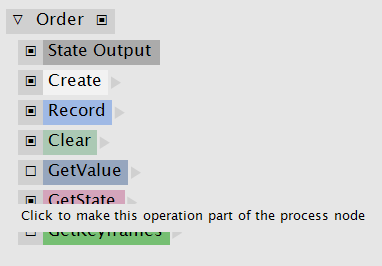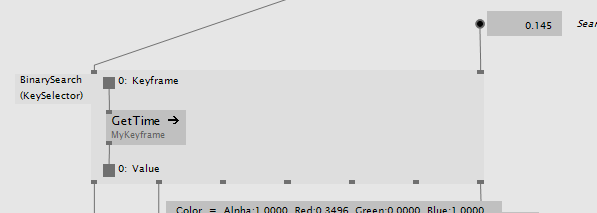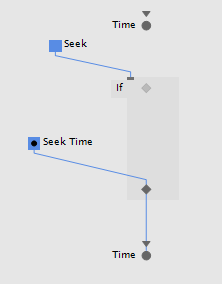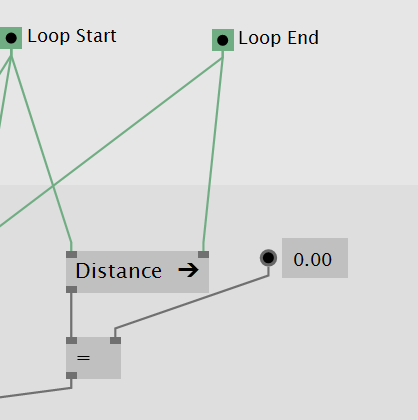Hello…
I’m just making a log of my VL beginners questions here (and will add answers too as I find them).
I hope it’s useful for others to read through if they’re getting started. I could also move this off-forum but the forum seems the most obvious place to put it for now.
Editor
How to open multiple VL editor windows
How to add subpatches / how to nest subpatches into one VL patch [girlpower/_Basics/DataStructure]
Can a pin be assigned to Create [girlpower/_Basics/ValueRecorder ValueRecorder’s ValueTrack has white IFrameClock pin]
YES → but must be set in the subpatch itself (check ValueTrack patch)
What is this little popout about?

It looks like something to do with Generic. There are no tool-tips on mouseover
Object Oriented
Can an operation be assigned to multiple Members
Can you see which members an operation is assigned to (Other than the colour)
Sometimes members seem to be nodes, whilst others pins. What is the difference?
Perhaps this:

How to code custom regions

It seems to be that the region becomes a delegate which is passed to the operator which is the region.
What is the process node?
It seems to be the ‘default’ node which comes with a Record?
Difference between Records and Classes?
Also : it might be better to use the terms ‘Classes’ or ‘Records’ in the tutorials rather than ‘Data types’ and ‘Data structures’. Or do we need to consider a notion of data types also?
How can multiple nodes be created in one patch?
This is generally done using Operations
You can select Operation from the NodeBrowser to create an Operation region
Interfaces
The Gray Book mentions that VL doesn’t support inheritance, but perhaps implementing an interface is something different?
V4 interop
How to select which operations are available from V4?
In the Attractor demo, the Attract and Attractor nodes are available in the V4 NodeBrowser, but not Displace or AttractByMany (or any extra operation you add). This is perhaps because Attractor is Generic (then also - where does the 2D-ness come from?
Spreading
Attract vs AttractByMany
In the V4 patch we see ‘Attract’, and in VL we see ‘Attract’ and ‘AttractByMany’. The ‘AttractByMany’ is called even if there is only a single slice in the V4 patch. This implies there is a mapping betwee nthe AttractByMany VL operation and the Attract V4 node definition.
Answer : The Attract and Attractor (Join) nodes are defined in the VVVV.Attractor.vl top level. Also this operation is not generic - which is perhaps why it is visible within V4.
Persistence / DataFlow
Can a field be mutated without being explicitly set using the pad input
e.g. if we were to implement our own collection in C# call it CustomList and then import it into VL, we have an instance of customList on a pad, and we want to insert a slice. In theory we wouldn’t then need to set the value on the pad again as the existing value would have been mutated.
Side-issue : would this also need auto-evaluate considerations? (Since the upstream is mutated, there is no downstream, and therefore perhaps the patch is not aware that the Insert action would need to be performed.
Maybe:?

Note : this might be bad design practise if we’re aiming for functional style
Does a value need to be ‘get’ in order to be ‘set’

doesnt work if we do:

The correct value from seek time will be output this frame, but wont be stored for later frames
Why does a Get output an instance e.g. GetKeyframes in _Basics/ValueRecorder
It’s possibly because the patch isn’t aware of whether the subpatch might be mutating the value, and therefore following the ‘mutate → output → pad input’ pattern, we must always output an instance.


